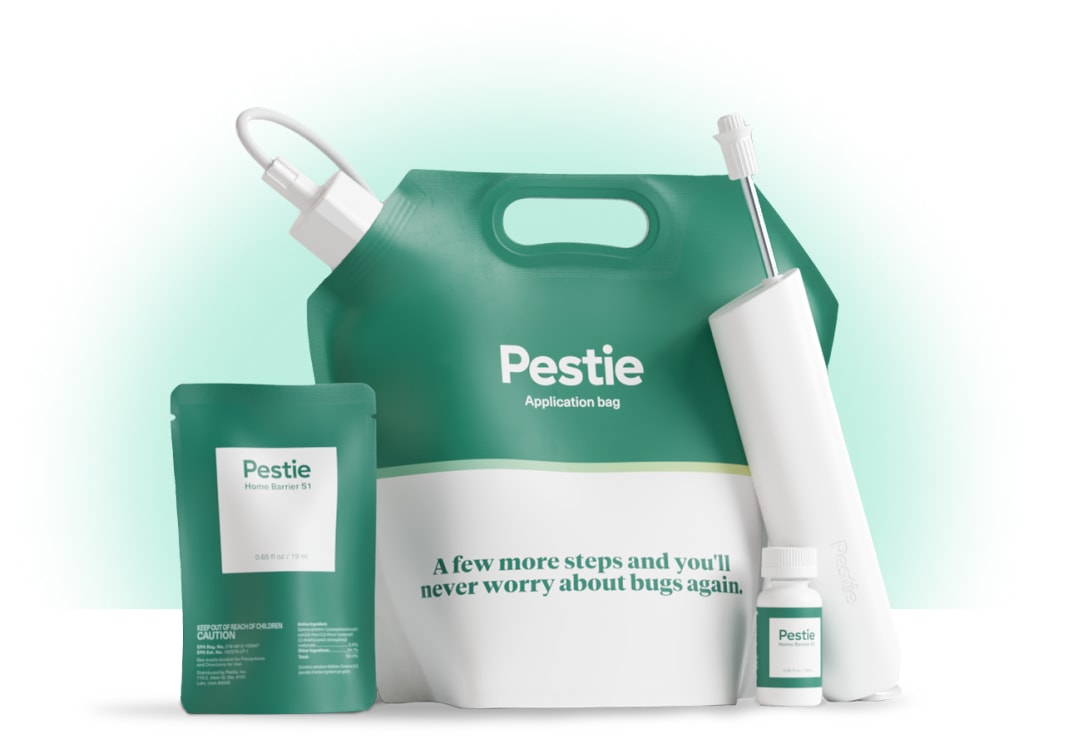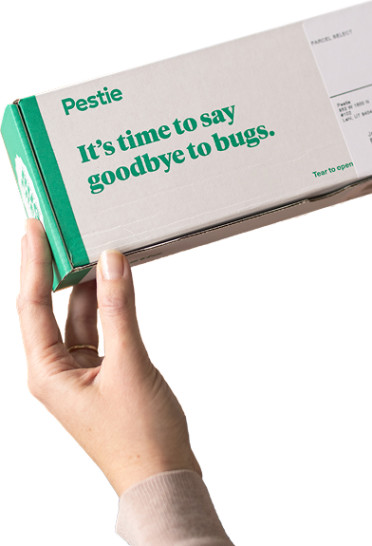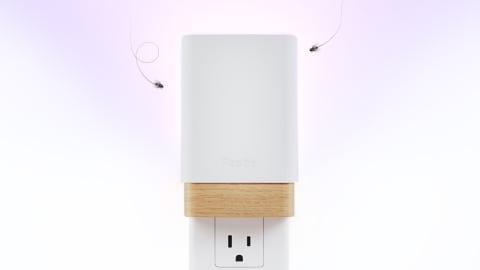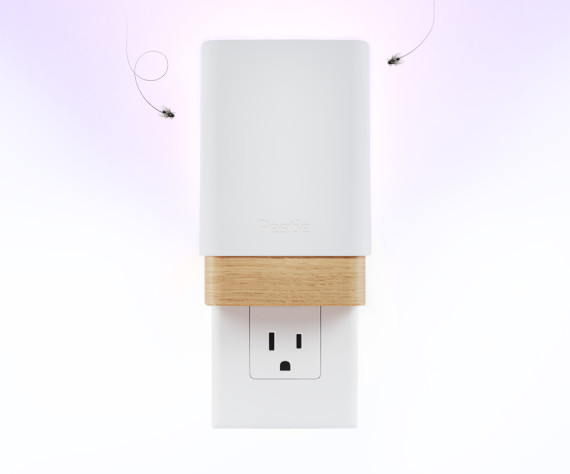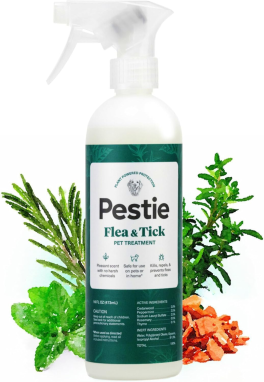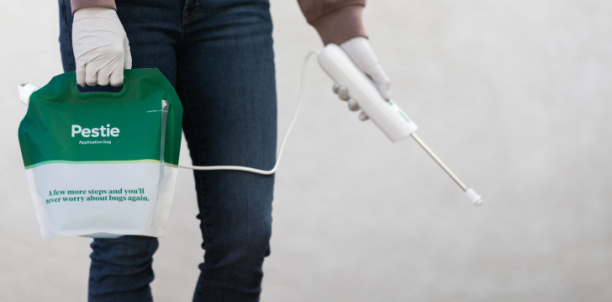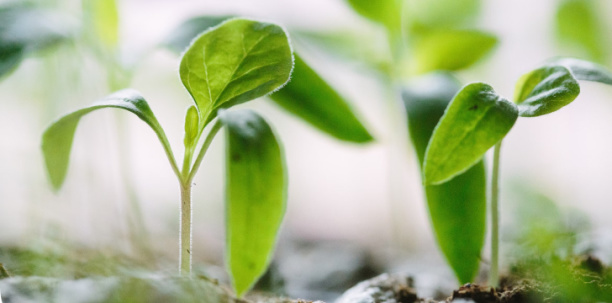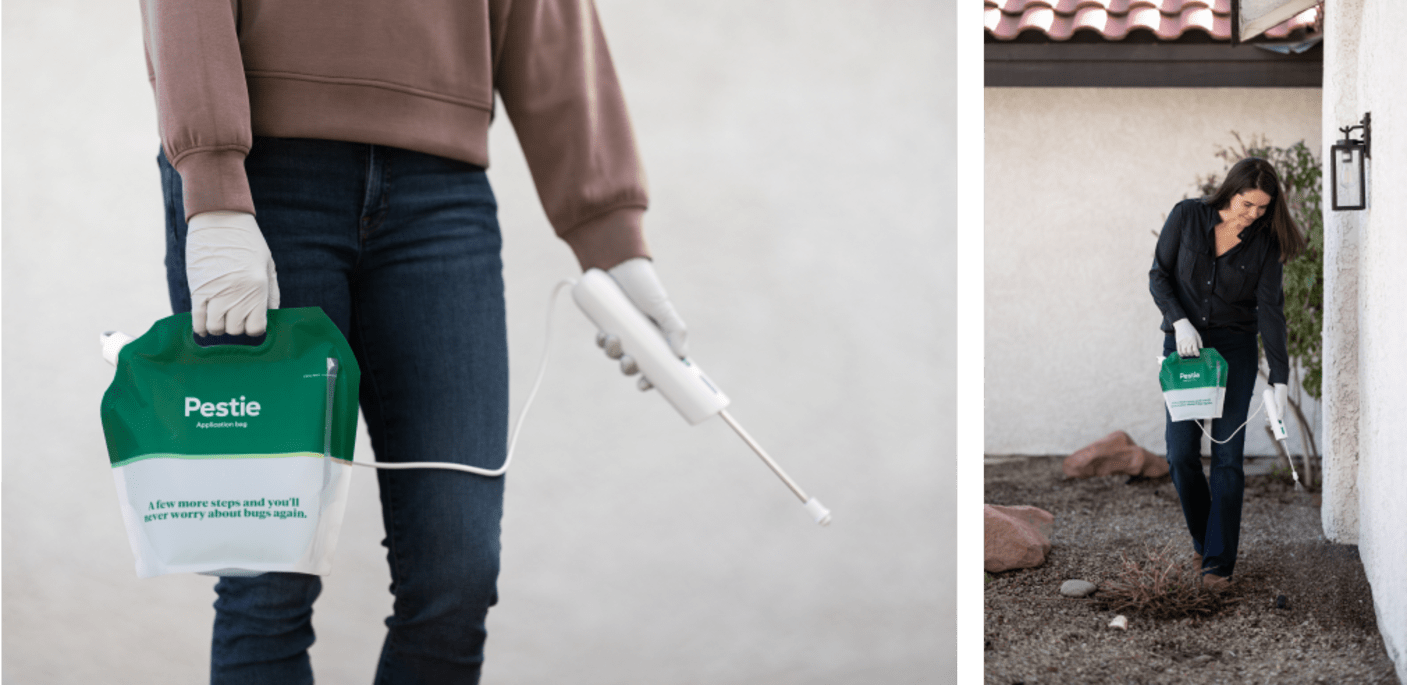How to identify and get rid of brown soft scale
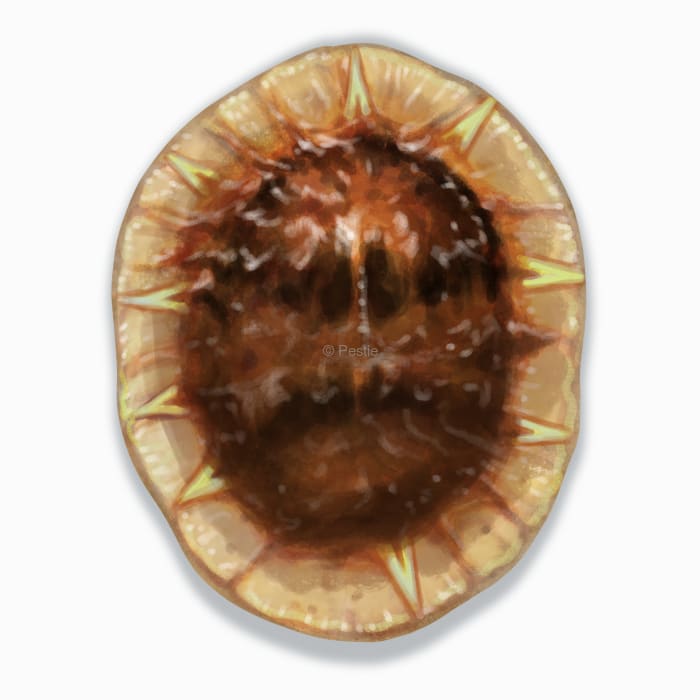
Tiny pests, big problems: how to tackle brown soft scale
Are you noticing weird brown bumps all over your indoor plants? Do they have sticky leaves and don’t look like they are doing that well? You may be dealing with a brown soft scale problem.
These tiny pests are known for their oval, flattened bodies that cling to plants, often going unnoticed until they’ve caused significant damage. They are actually an odd-looking insect that has a very unique life history.
Brown soft scales feed on the sap of plants, secreting a sticky substance called honeydew as they feed. The females produce eggs that are attached to her body. Once the eggs hatch, the larvae are very mobile, and are known as crawlers. Crawlers will live under their mother for protection, but only for a few days. After that, they are off to feed and find new plant hosts.
After the crawlers find a suitable feeding site, they will begin sucking plant juices and then molt into a new form. This stage of the scale’s life is more sedentary, but they can move if they need to. Once they molt into an adult, they will remain in the same place for the rest of their short lives.
How to identify brown soft scale
Identifying a brown soft scale infestation requires close inspection of your plants. These pests have oval, flattened bodies that are typically brown to yellowish, and they often look like small bumps stuck to the plant's stems, leaves, or branches. They excrete a sticky substance called honeydew, which can lead to the growth of sooty mold, giving the plant a blackened, dirty appearance. They honeydew can also attract ants that harvest the honeydew from the scales, while protecting them from predators.
If you notice your plant leaves looking sticky or covered in black mold, and see these small, unmoving bumps on the plant, you likely have a brown soft scale infestation.
How big are brown soft scale?
Brown soft scales are small, typically around 1/8 to 1/4 inch in length.
Where do brown soft scale live?
They are found throughout the United States, particularly in warmer climates and on indoor plants. You’ll most often find them on houseplants, ornamental shrubs, and fruit trees. They attach themselves to the undersides of leaves, stems, and branches.
How to get rid of brown soft scale
Managing brown soft scale infestations doesn’t have to be hard. The best thing to prevent them from becoming a big problem is monitoring and early detection.
If you do find some brown soft scale on your plants, here are a few things you can do about it:
- Pruning: Remove and dispose of heavily infested branches or leaves to reduce the population of scales on your plant.
- Wiping or washing: Gently wipe the scales off plant surfaces with a damp cloth or sponge, or wash the plant with a mild soapy water solution to remove scales and honeydew.
- Improving plant health: Keep your plants healthy by providing proper care, including adequate watering, fertilizing, and light, which can make them less susceptible to scale infestations.
Treat brown soft scales with Pestie
If you're still having trouble keeping brown soft scales away, the best option is to use a pro-grade, effective pest control solution like Pestie.
Pestie is a do-it-yourself pest control solution that's specially designed to keep brown soft scales and other pests away from your home.
With Pestie, you can rest easy knowing that your living space is protected and free of creepy crawlies. And the best part? It's designed for people, pets, and the planet, so you can say goodbye to harsh chemicals and hello to peace of mind!
- Save hundreds compared to traditional annual pest plans
- People, pet, and planet-friendly
- Pro-grade customized formulas
Quick facts
- Scientific name
Coccus Hesperidum
- Colors
Yellowish-brown
- Life span
2-4 months
- Diet
Sap from houseplants, ornamental shrubs, and fruit trees
How dangerous are Brown Soft Scales?
Low danger risk
Brown soft scale isn’t harmful to humans or pets.
Brown soft scales rarely give birth to males, and so it’s assumed that scales are only females. Some species are hermaphroditic and others can produce only females without mating.
